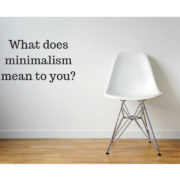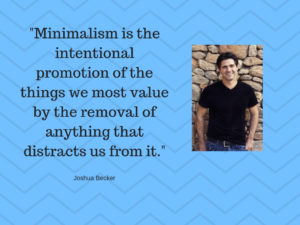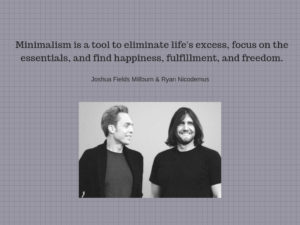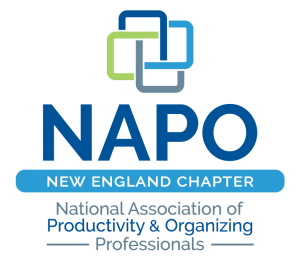Experiment Living with Less
We are all consumers. We live in a society that values possessions. Our world economy relies on us spending our money on stuff. But does that stuff accumulate too fast and take on a life of its own? Do we end up with too much? Does the volume of things make organizing them stressful and difficult? Are you looking for way to get off the hamster wheel?
Experiment living with less. There are several ways we can accomplish this. Here are a few experiments to try.
- Pack up half of your pots and pans. Date the box and put it in the basement for 3 months. Document how many times you retrieve something from it. Consider donating what doesn’t get retrieved. If you like this experiment do it with linens, toiletries, and kitchen gadgets.
- Pack up all your CDs and DVDs and seal the box. Only take one out of the box when you really want to listen to it or watch it. After 6 months see how many are still in the box and decide whether you’d like to keep them. If you like this experiment do it with clothes, books, and serving dishes.
- Establish a maximum number for certain possessions and reduce down to that number. You can find examples of a few numbers I suggest at Organizing with a Maximum Number. If you like this experiment do it with shoes, food storage containers, and coffee mugs.
- Set up a temporary shopping ban for one month, or longer. Only purchase the absolute essentials, food, toilet paper, medications and the like. Keep a list of all the things you wanted to buy and the items that tempted you. At the end of the month share with me your insights.
- Play the Minimalist Game. It’s interesting and challenging. When I played with my husband, we learned a lot about our relationship to stuff.

The less we have the less we have to organize and maintain. Try one or more of the experiments listed above and see what results you get. You may be pleasantly surprised and more organized.
©July 2021 Janine Cavanaugh, Certified Professional Organizer, All Rights Reserved














Follow Me